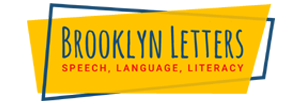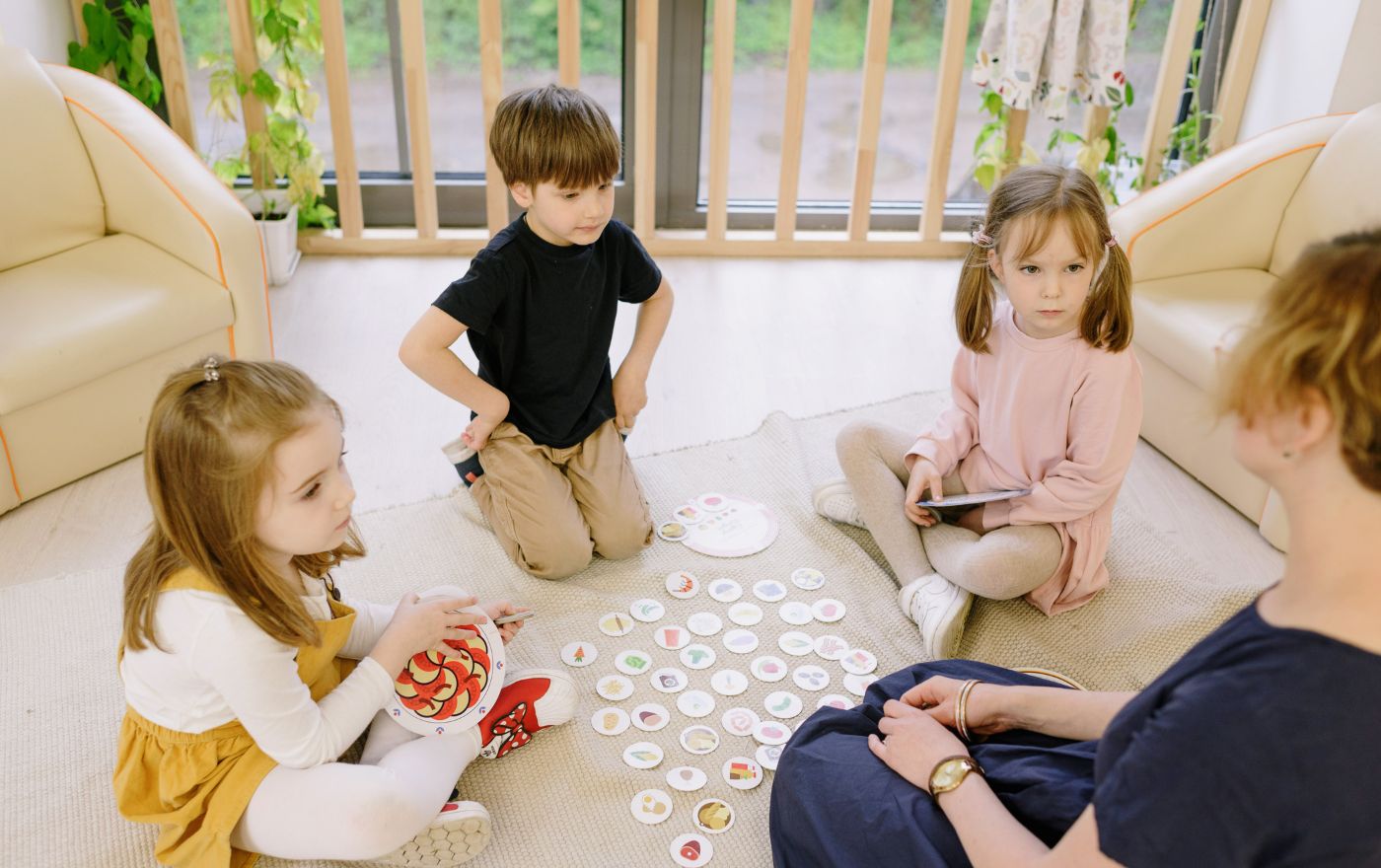BOOSTING RECEPTIVE LANGUAGE SKILLS

Ways to Boost Receptive Language Skills
Discovering effective methods to enhance receptive language development is essential, whether you’re an SLP or a parent striving to support your child’s growth (if you’re a parent and haven’t yet connected with a speech therapist, I strongly recommend you do so, especially if receptive language concerns are present!).
#1: Simplify The Message!
Our initial approach should involve empowering the child and setting them up for success. Presently, research suggests limited options to enhance attention and memory. If these aspects impact the child, the key focus is providing support mechanisms to help them overcome these challenges.
When conveying important information to a child, it is vital to use straightforward language. We should communicate slightly above the child’s comprehension level when enhancing receptive language.
Take a moment to pause when delivering four or more directions in a single breath. Such situations can swiftly overwhelm our youngsters. Break down instructions into smaller segments. Always aim for accomplishments to boost confidence!
#2: Utilize Visual Aids
Some children are visual learners and thrive with visual aids rather than auditory input. They might face attention issues or struggle with working memory. Visual aids offer a reference point for these children. People of all abilities rely on to-do lists, planners, and note-taking because retaining everything in memory is challenging! Teaching our kids to use visuals as support is entirely acceptable.
Visual aids encompass objects, pictures, gestures, written lists, or schedules. The choice depends on the child’s preferences and reading level.
Remember, receptive language involves understanding language input, which can also originate from writing and gestures!
#3: Embrace Picture Books!
As if we needed more reasons to appreciate books! Picture books (including wordless ones) are fantastic tools for honing receptive language skills. While reading or even merely perusing a book, you can ask the child to locate specific pictures on the page. You might ask, “Where’s the dinosaur?” or “Touch the dinosaur,” targeting various objects within the book. The “I Spy!” book series is purposefully designed for this approach, but virtually any book can be used.
Verbs can be targeted with prompts like “Who is jumping?” while pointing to or tapping the leaping character. To focus on attributes, inquire, “Where’s the big one?”. Enhance understanding of functions by asking, “Which one is for cutting?”. This exercise addresses following simple one-step directions and identifying objects, verbs, attributes, and categories.

Improvements Achieved through Receptive Language Therapy
Receptive language therapy can yield numerous advantages for your child’s development and daily activities, such as:
- Enhanced capacity to comprehend those around them.
- Improved proficiency in communicating effectively with peers and adults.
- Strengthened skills for accessing academic learning.
- Heightened engagement in the classroom.
- Increased comprehension of others’ thoughts, opinions, and actions.
- Augmented self-esteem.
- Elevated independence.
- Heightened social interaction with peers.
Foundations For Developing Receptive Language Skills
- Attention and Focus: Building the ability for sustained effort, engaging in tasks without getting distracted, and maintaining focus long enough to complete the job.
- Pre-language Abilities: These encompass non-verbal communication such as gestures, facial expressions, imitation, joint attention, and eye contact.
- Social Competence:Involves engaging in reciprocal interactions, whether verbal or non-verbal, cooperating with others, and understanding and adhering to social norms.
- Play Proficiency: Voluntarily participating in self-directed activities that bring pleasure and joy. These activities may not necessarily have a goal-oriented nature.
Enhancing Receptive Language Abilities
- Eye Contact: Before giving instructions, ensure you have the child’s eye contact.
- Limit Instructions: Avoid overloading the child with multiple instructions at once.
- Simplify Language: Tailor your language to a level the child can comprehend, typically just above their expressive language level.
- Break Instructions Down: Divide verbal instructions into smaller parts. Instead of saying, “Get your lunchbox and your hat and go outside,” say, “Get your lunchbox.” After they follow that, say, “Now get your hat,” and finally, “All right, you can go outside.”
- Repetition: Ask the child to repeat the instruction to confirm their understanding.
- Use “First/Then”: Utilize this sequence to guide the child through the steps of the command. For instance, “First get your jacket, then put on your shoes.”
- Seek Clarification: Encourage the child to ask for clarification if unsure. They can request a repetition or explanation, like saying, “Can you say that again, please?”
- Demonstrate: Physically show the child how to execute the instruction to provide a visual understanding.
- Visual Aids: Incorporate pictures, gestures, body language, and facial expressions to assist the child’s comprehension and memory.
- Provide Descriptions: Narrate everyday activities to the child, using descriptions to guide their actions.
- Highlight Key Words: Emphasize the word you want the child to grasp and use to illustrate its different applications in various situations.
- Engage in Play: Regularly engage, model how to play with toys, and discuss the child’s play activities.
- Minimize Background Noise: Reduce or eliminate background noise like television or music to reduce distractions during interactions.
- Face-to-Face Interaction: Maintain eye contact by positioning yourself face-to-face with the child when communicating.
- Visual Aids: Utilize signs, pictures, or other visual aids to enhance the child’s understanding.
- Books: Explore books that capture the child’s interest, discussing the images and the story. Encourage predictions and explanations related to the storyline.
FREE CONSULTATION!!!
Call: (347) 394-3485,
Text: (917) 426-8880
Email: [email protected]
(we respond to email right away!)
Craig Selinger
Latest posts by Craig Selinger (see all)
- NYC Middle School Transition Support Group - April 7, 2024
- Understanding Toddler Neurodevelopmental Evaluation - April 3, 2024
- Rare Diseases in New York City - February 29, 2024













